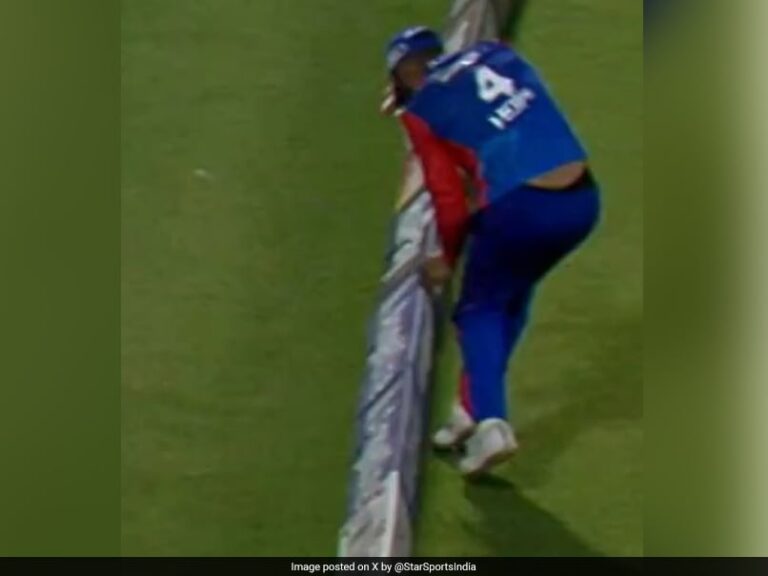
These include the release of Israeli “female recruits.”
Dubai:
Hamas has proposed a ceasefire in Gaza to mediators and the United States that would include the release of Israeli hostages in exchange for the freedom of Palestinian prisoners, 100 of whom are serving life sentences, according to a proposal seen by Reuters.
Under the proposal, Hamas said the initial release of Israelis would include women, children, the elderly and sick hostages in exchange for the release of 700 to 1,000 Palestinians held in Israeli prisons. These include the release of Israeli “female recruits.”
Israeli Prime Minister Benjamin Netanyahu’s office said on Thursday that Hamas’s proposal for a new Gaza ceasefire to mediators was still based on “unrealistic demands.”
His office said an update on the issue would be presented to the war cabinet and expanded security cabinet on Friday.
Egypt and Qatar have been trying to narrow differences between Israel and Hamas over what a ceasefire should look like as a deepening humanitarian crisis leaves a quarter of the population of the devastated Gaza Strip facing famine.
Qatari officials did not immediately respond to a request for comment.
Egypt is seeking a ceasefire in Gaza, increasing aid deliveries to the strip and allowing displaced Palestinians in the south and center of the enclave to move north, President Abdel Fattah el-Sisi said on Friday.
“We are discussing a ceasefire in Gaza, which means a truce, providing the maximum amount of aid,” he told the Egyptian Police Academy.
Sisi also warned of the dangers of Israel invading Rafah on the border with Egypt.
Possible attack on Rafah
Five months after the war ended, Netanyahu’s office said in February that it had ordered the military to develop a plan to evacuate Rafah and destroy the four Hamas battalions it said were deployed there.
Rafah, where most of the displaced have sought refuge, could be attacked, sparking international fears of dire consequences.
Hamas says Netanyahu has rejected its demands, which include a permanent ceasefire, Israel’s withdrawal from the Gaza Strip, the return of displaced people from the south of the enclave to the center and north and an unlimited increase in aid.
In February, Hamas received a draft proposal for ceasefire talks in Paris in Gaza that included a 40-day suspension of all military operations and the exchange of Palestinian prisoners for Israeli hostages at a ratio of 10 to 1 – a similar ratio to the new ceasefire proposal.
Release all detainees
Israel rejected a draft truce proposal from Hamas in February, citing its long-standing goal of not ending the war without destroying the Islamist group that has ruled Gaza since 2006. Hamas insists there should be a deal to end the war.
Under the latest proposal, Hamas said that after an initial exchange of hostages and prisoners, a date for a permanent ceasefire would be agreed, as well as a deadline for Israel’s withdrawal from Gaza.
The group said all detainees on both sides would be released in the second phase of the plan.
The war was sparked by an Oct. 7 Hamas-led attack on southern Israeli towns that killed 1,200 people and took 253 hostage, according to Israeli statistics.
Since then, Israeli air, sea and ground attacks on Gaza have killed more than 31,000 people and injured more than 71,500, according to Gaza health authorities.
The conflict has spread to other parts of the already volatile Middle East. Lebanese Hezbollah, which is backed by Iran, frequently exchanges fire with Israel in the border area.
Pro-Iran armed groups in Iraq have attacked U.S. troops stationed in the country, and Yemen’s Iran-aligned Houthi rebels have attacked ships in and around the Red Sea to express their solidarity with the Palestinians in the Gaza war.
Late on Thursday, Hamas said it had presented to mediators a comprehensive truce vision based on an end to what it called Israel’s aggression against Palestinians in the Gaza Strip, the provision of relief and aid and the return of displaced Gazans to their homes, and withdraw Israeli troops. .
The war is now in its sixth month, with the United Nations warning that at least 576,000 people in Gaza are on the brink of famine and global pressure on Israel to provide more aid.
.
(Except for the headline, this story has not been edited by NDTV staff and is published from a syndicated feed.)






